[music]
One of the things unique about the people over here with all of this water was they used torches for spearing at night. The white pine pitch in birch, extend it out there and light that up. And, of course, the fish are pretty curious. And the one that was easiest was walleye because their eyes reflected that light. There were so many canoes out there on the lake in the evening after the sun went down. When the French came into this area and started discovering us, they looked out on the waters here and they saw all those torches out there, those fire pots. They were amazed by it because there was so many. One of them said, “Lac du Flambeau,” the Lake of Flames. And so that is what they called this place, but long before that we were known as Waaswaagan, the people of the torch.
[music]
– I’m Ernie St. Germaine. I’m enrolled here in Lac du Flambeau. I didn’t grow up here. I grew up over in my mother’s reservation, over at Lac Courte Oreilles. That’s my matrilineal side over there. And my patrilineal side is here in Lac du Flambeau. So I was always drawn here, I guess. From the time I was little, I was always curious about this place. And after I graduated from college then, I was coaching baseball down at Stout and working down there, and I came up here one weekend to visit my grandpa and he asked me when I was going to move home. And I thought about it, and so I stuck around. On Monday morning, I went up and met the tribal chairman. Introduced myself and told him who my grandpa was. I said, “I graduated from college and was interested in coming home and I’m wondering if there was any jobs or anything.” And he says, “Hold on, hold on.” We drove over to the school, the grade school, walked right into the administrator’s office. What had happened was Alan had told him, “You bring me an educated Indian and I’ll hire him.”
That was the first test. And so, one day I was at the school at work and this young girl came in, and she peeked around the corner and she looked at me and I looked at her and she said, “So, Grandma wants to see you then.”
I said, “Oh.” And she disappeared, took off running. And so I asked my boss, “Who was that girl?” She said, “That was Jeri Kay.” And she says, “The grandma she’s talking about is Josephine and she lives out in the village.” I said, “Oh, okay.” I just went to the store and I bought a little bag of flour and I drove out to the old village. I went up on the porch and I knocked on the door and I had that bag of flour. And just the screen door– And the door was open, so somebody was home. And I knocked on the door again, gently. There was no answer. And so I sat the bag of flour on the railing and left.
And the next day, Jeri Kay came back again and she looked at me and she says, “Well, Grandma still wants to see you.” And so…
This time I got some lard and took it. Took it back. And went back up again and knocked on the door again. And I thought I saw the curtain move this time, which was right over there. And I wasn’t quite sure, so I left the lard.
And I came back again the next day. I had salt this time. And as I came walking up the porch to the screen door, she was standing in the screen door this time, looking at me. This little, short grandma looking at me. She said, “Biindigen,” so I came in. She invited me to come in. And just like we always knew each other. We just stared talking like I’d always been there. What I had done is I brought her the beginnings of the recipe for frybread. Next time I came, she had frybread for me. She knew. And she was like the greatest resource for me to discovering my identity here at Waaswaaganing. She told me those old stories. And, of course, there’s humorous stories and there’s wintertime stories about it. It has its own history. Most of the time I didn’t have to have a question. If I went and talked to her, she always knew what was in my heart and always knew what to talk about, it seemed like. If she started talking about something that I didn’t have on my mind, eventually it was just an incredibly valuable piece of information for me. And it was something about this land, this place. And I wanted to know about Keeshkemun, that leader that bought us here. And so she sent me up the road to another old man up there.
His name was Madwe aakiyoo’ing. Joe Kelty. And people had a nickname for him. They called him Dingman. And he just knew that I wanted to know about Keeshkemun. He told me a story that took, I don’t know measure in terms of months, how many moons it took for him to tell that story, but it was of how we got here. It went all the way back to when the people were up on that big island that today they call Madeline Island. He went back way beyond that. And those stories are handed down of that history of how we got here.
They say that at that one point when everyone was there– some came around the north and some came around the south of the lake, and when they met and congregated there– they say over 20,000 of Anishinaabe– all the clans represented on that island. And, of course, that small piece of land isn’t going to sustain that many people for very long. And we started to scatter and move out. And the different clan headmen sent runners out continually looking for a home for the clan.
When you hear me tell about the clans and the different animals, you have to understand how important the clans are to our identity and who we are.
Long– what they say mewinzha. Long ago, way way back, the people were losing who they are, were losing the importance of family.
Family was disintegrating, and Creator knew that. And so Creator sent a messenger among the people, and that messenger was Nigig, the Otter. And sent Otter to come to the people and tell them that there’s going to come these teachers to the people. And the people didn’t really believe it too much, and so Nigig had to do a bunch of things. And I tell you that story, we could go on here for days. But Nigig convinced the people. And so they all gathered there, together, and waited, and then the first teacher came out of the waters. And the people were just amazed. And the teacher started teaching. And it was incredible, the stuff that this teacher was telling them.
The stories and the instructions and how to be Anishinaabe again.
But, you know, no matter who you are and how good your story and what you had to say, to some people every word of that teaching just inspired them and they couldn’t stop listening. While others, their mind wanders off. And so, in the end, when the teacher is done and returns back to the water, there are some people that have listened to every word and remember every word.
And so, the second teacher came, and the same thing happened, only different people listened to every word this time.
And the third teacher and the fourth and the fifth and the sixth. And those that listened to the first teacher took on the instructions and took on the responsibility of that teaching and they took on the identity of that teaching, and eventually they took an animal identity of that teacher. And that first teacher that came out is Ajiijaak, the Crane. It became the Crane Clan. And those are the orators, the teachers, the stargazers. They watch the stars. They’re the philosophers, speakers. You put a camera on them, and they’ll talk all day.
Then the second teacher was Maang, the Loon. And the responsibility of Loon– there are many– but the most important one is to listen to what’s happening and to listen to Ajiijaak and make sure that what Ajiijaak is saying is done the right way. If they start to go haywire, the Loon straightens them out. Then, the third teacher became the Bear Clan. That one, the males, are the guardians. They guard the door. They’re like the police force. You never cross them. They have great courage. And the women are just the opposite of them but the same, at the same time. They’re the nurturers. And then, the fourth one is the Fish Clan. In your Fish Clan, the king of the Fish Clan is the Sturgeon. And we have a very close relationship with Sturgeon. They are the doctors. They will doctor your physical being and they’ll doctor your heart, also. And then we have Marten. Marten Clan are the Ogichidaa and Ogichidaakwe. Those are the warriors. And, of course, we all have Ogichidaa in us, but not like the Marten Clan. You go to Bear Clan to settle disputes, but when nothing is left and when there’s nothing left to be done, you go to Marten Clan and they’ll take care of it and it’ll be over with. So then the sixth clan is Waawaashkeshii, the Deer. And the Deer are the balance of Marten. They are the peacemakers. And the Deer Clan, over time, began to feel like they were better than the others. They were above. They became aloof.
Kind of– they became so good, they became so self-centered, conceited, that eventually they began to think that the other clans were beneath them. And so they began to intermarry. You have to marry outside of your clan. That’s one of the major rules. So the clans all got together and Deer Clan was cast out. There is no more Deer Clan. It’s gone. It doesn’t exist. And so our peacemakers, our true peacemakers, are gone. We can only hope for a little bit of peace. You know, to teach everyone that that’s–
There’s a peacemaker right there.
You talk about it long enough and they come around. Those spirits like to hear those teachings. So that clan that came here, Keeshkemun was Crane Clan. And out there on Flambeau Lake, where the river goes out from the lake, it’s there that he stood on a stone and looked out, and he said, “This is where we’re meant to be. “So long as the stone is here, we will be here. And if we treat it the right way, it’ll always be here.” One day, Dingman said, “Let’s go for a walk.” So we went up the trail that went behind his house, and we’re walking up that old trail and it must have been an old cart road or something because it was dug into the side. And as we’re going along, he would stop and tell me what family had a lodge here, and there’s graves right there. And we’d go a little ways, and he would tell me, “Another family lived here, and there’s graves right there.” So we went along that trail. All a sudden we came back down a point and he said, “Take off your shoes.” And I did. He said, “Now stand on that rock.” And I stood on that rock. And he said, “Now look around.” And I did. And he said, “Right there is where Keeshkemun stood and said, ‘This is where we’ll always be.'” And I was standing in that very spot.
And I think that one moment is what really really connected me with this Waaswaaganing, this place of the torch people. It helped me to understand that my people were here. This is how we got here. This is the home of my clan. This is where I’ll always be.
People hear the history of Waaswaaganing, Keeshkemun coming here and seeing all of the water and the lakes and the Bear River, using those torches for spearing at night. So that tradition was important. But everyone knew that before you went out on the waters in the spring, just before the ice goes out, you go put your tobacco there, and for your own family, you do a water ceremony so that Wendigo won’t harm your family during this next open water season, so that no one will be harmed by the waters. And so even today these young fishermen that go out in the spring, they put their tobacco down, asking permission to come there to feed the people, to feed their families. They won’t do any harm out there, anything bad. They go there for a purpose. And that’s why, in the late ’70s, why the Anishinaabe took the treaties and began to exercise the treaties because more and more of us were becoming educated and reading and translating and interpreting what was written and seeing things that were never told to us before. Hmm. We could begin to think about it, and the original purpose was to protect the rights that Indians have always had. And so rights were not given to the Indian. Indians retained rights. So it’s rights retained, not rights given. And a lot of those rights were being taken away, the fishing and hunting and gathering, from laws that were passed by the state which didn’t have the ability to impose those on tribal people. It went to court and the tribes won in the end.
Along the way, there were a lot of sportsmen who– and tavern owners and tourism– that were extremely threatened by the idea of Indians exercising those rights in the Ceded Territory because it threatened tourism. “We’re going to go spear all the fish in that lake and there’ll be none left and the tourists won’t come here to fish anymore and we’re going to go belly up.” And that was the panic. So that panic led to a frenzy, and I see people today that were there on the boat landings, screaming and calling names and shooting wrist rockets at the spearers, and they’re saying, “I was there just to protect the fish; I wasn’t racist, you know?” But those signs were still there and pictures of them are still there, screaming obscenities. And it was an ugly time in our history. Very very ugly time, but an important time. People expressed that because they didn’t know the treaties themselves. And so we knew that a lot of us had to go about teaching what the treaties said and what they mean and how they’re actually going to protect a lot of things here. Preserve the environment, rather than deplete the environment.
I think the greatest thing that happened that came from it was the Great Lakes Indian Fish and Wildlife Commission. They do just an amazing amount of education, scientific work. They’re doing studies continually and counts, monitoring the lakes and the forests, like nothing has ever been done before, and showing, and have proven, that the spearing and the hunting hasn’t affected the resources at all. In fact, the management of them has improved. I think if you go over and take a look at our fish hatchery, which has been stocking the lakes, restocking for a long, long time. That management is doing just wonderful things for all of the resources.
You know, my grandpa wasn’t a citizen of the United States, and he went and served in World War I. And he came home a veteran, having served this country of which he wasn’t a citizen and came back and he was treated like an Indian. Like, you know, you’re a worthless Indian. But, yet, what did it really mean to him because he had his identity. And that was the most important thing to him is that identity, that clan identity and understanding of Anishinaabe. And being Anishinaabe is more than going to a powwow on the weekend and coming home and saying, “I practiced my culture this weekend.” It’s every moment of your life. Understanding how you are a part of the circle of Creation.
So he gave that to his son, and that tradition has always been passed down. And he told me how his father, my great grandfather, Ozhaanime giizhik, gave it to him, and he went all the way back, this line of our clan, and talked about them and how important they were. And I was amazed by that. What he was doing was telling me my identity, knowing and hearing stories about my great grandfather. If one day I live my life right, I may be able to talk to my great grandchild and tell my great grandchild about my great grandfather. How many generations have I connected? Seven. I connected seven generations, and that’s what he told me is important.
As long as I live, my family and my kids and my grandchildren, they’re going to learn this way, and they’re going to hear it over and over and over again, and I know they’re going to roll their eyes and say, “We’ve heard this before,” but I’m still going to tell it over and over again until the day comes I start to tell the story and they pick it up and they tell it. That’s the day I know that they know it too. So, that’s my hope.
[music]
– To learn more about the sovereign Indian Nations in Wisconsin, visit WisconsinAct31.org. To purchase a DVD of this and other Tribal Histories programs, visit WPT.org or call 800-422-9707.
Lac du Flambeau History was funded in part by: Irene Daniell Kress, Francis A. and Georgia F. Ariens Fund of the Community Foundation for the Fox Valley Region, Evjue Foundation, Ron and Patty Anderson, Ira and Ineva Reilly Baldwin Wisconsin Idea Endowment, Timothy William Trout Education Fund, National Endowment for the Humanities, and Friends of Wisconsin Public Television.
Search Episodes
Related Stories from PBS Wisconsin's Blog

Donate to sign up. Activate and sign in to Passport. It's that easy to help PBS Wisconsin serve your community through media that educates, inspires, and entertains.
Make your membership gift today
Only for new users: Activate Passport using your code or email address
Already a member?
Look up my account
Need some help? Go to FAQ or visit PBS Passport Help
Need help accessing PBS Wisconsin anywhere?

Online Access | Platform & Device Access | Cable or Satellite Access | Over-The-Air Access
Visit Access Guide
Need help accessing PBS Wisconsin anywhere?

Visit Our
Live TV Access Guide
Online AccessPlatform & Device Access
Cable or Satellite Access
Over-The-Air Access
Visit Access Guide
 Passport
Passport





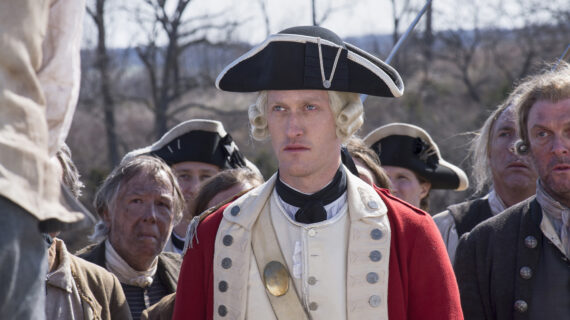

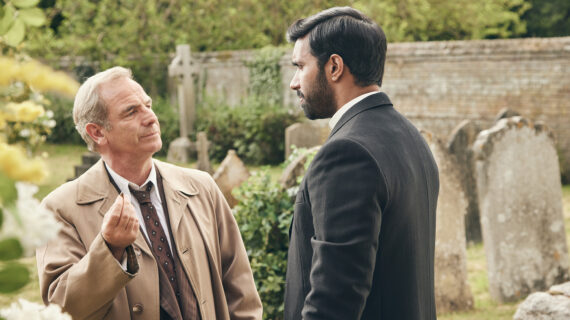
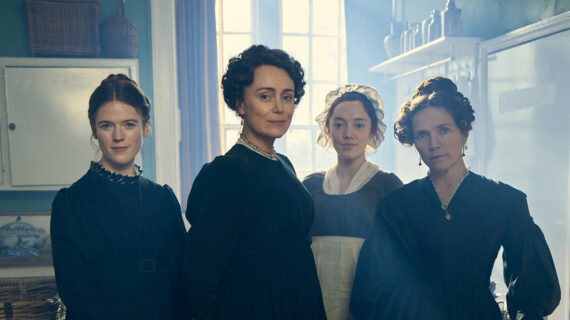
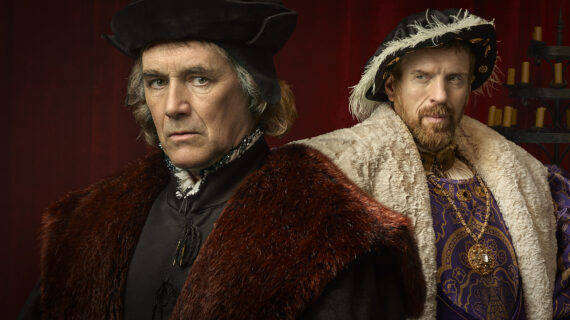
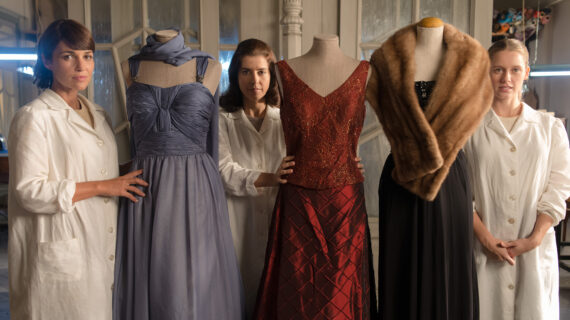
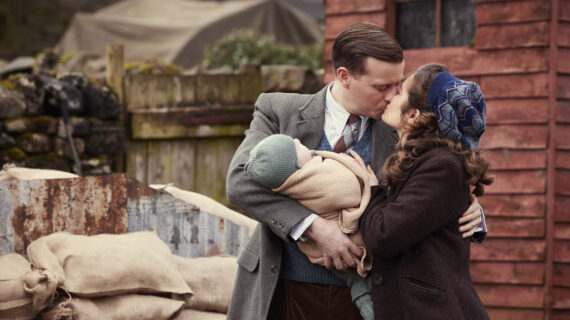

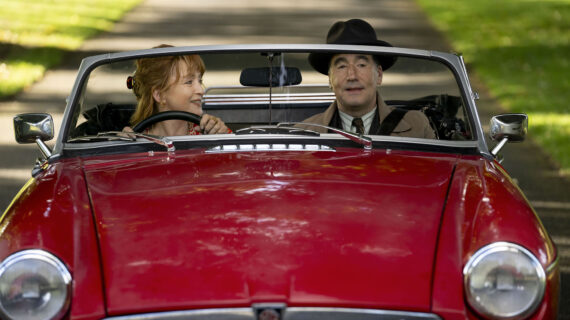
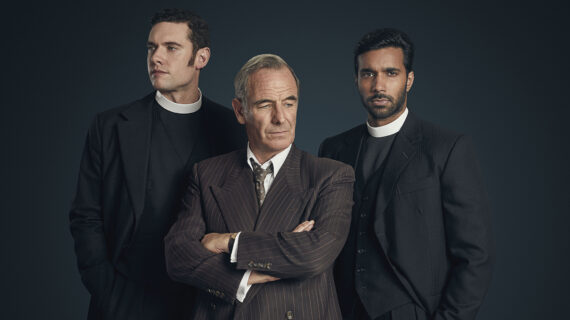
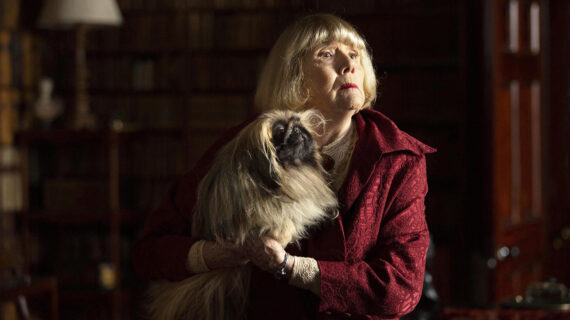

Follow Us